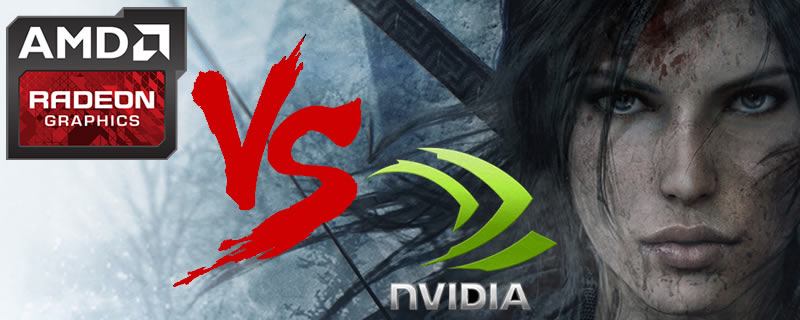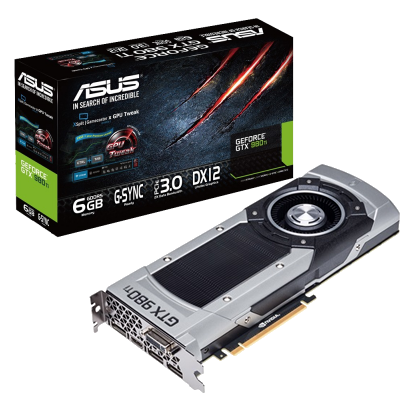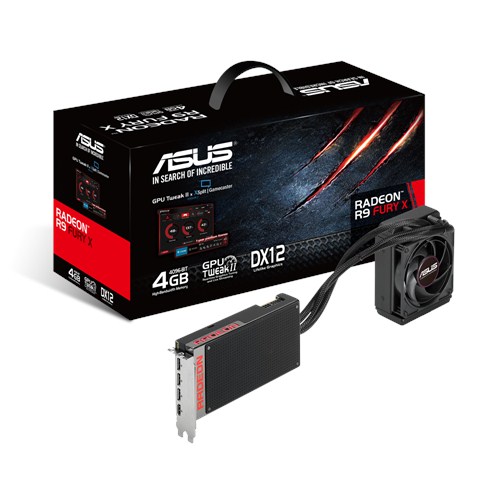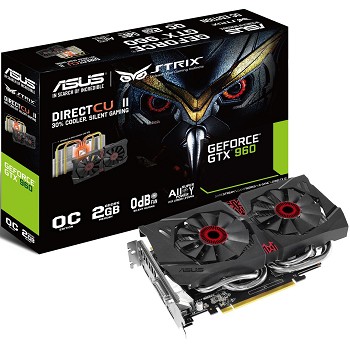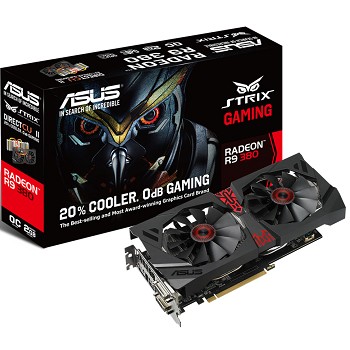Rise of the Tomb Raider DirectX 12 Performance Update
IntroductionÂ
Â
For game developers DirectX 12 has been a huge learning process, giving them access to tools and hardware unlike they ever had before on the PC platform. This means that right now DirectX 12 has not been used to its fullest potential in a lot of cases, especially when games are being ported over to DirectX 12 from DirectX 11 rather than being built with support from the ground up. Â
This means that right now DirectX 12 has not been used to its fullest potential in a lot of cases, especially when games are being ported over to DirectX 12 from DirectX 11 rather than being built with support from the ground up. Â
In Rise of the Tomb Raider, the first patch that provided support for DirextX 12 was not that well received, it was unstable, lacked support for Asynchronous Compute and more often than not provided less performance than the games DirectX 11 counterpart.Â
Now the game has been updated with a lot of DirectX 12 specific optimisation, support for Asynchronous Compute and even support for DirectX 12 Multi-GPU, which will hopefully allow the game to finally deliver greater performance under the new DirectX 12 graphical API.Â
 Â
Â
DriversÂ
For this game, we will be using the newest drivers that were available when the game released, which is Nvidia’s Game Ready Geforce 368.69 driver and AMD’s 16.7.1 driver, both of which are the most recent GPU drivers for either company.Â
Â
Test Setup Â
We will be testing this game on our dedicated GPU test rig using both high-end and mid-range GPUs from both AMD and Nvidia.Â
Right now we are currently working towards updating our game testing setup, so hopefully we will be able to provide data for AMD’s Polaris and Nvidia’s Pascal GPUs soon.Â
Â
AMD R9 Fury X & Nvidia GTX 980Ti
Intel Core i7 6700K @ 4.7GHz
ASUS Maximus VIII Hero
G.Skill Ripjaws 4x4GB DDR4 3200MHz
Corsair HX1200i
Corsair H110i GT
Windows 10 x64Â
Nvidia GTX 980Ti (Left), AMD R9 Fury X (Right)
Â
To represent AMD and Nvidia’s Mid-range GPU offerings we have decided to use the AMD R9 380 and the Nvidia GTX 960. Both of these GPUs will be the ASUS Strix models
Both of these GPUs offer very similar performance in most scenarios and come in at very similar price points, so it will be very interesting to see which GPU will come out on top.Â
Â
Nvidia GTX 960(Left), AMD R9 380(Right)
 Â



